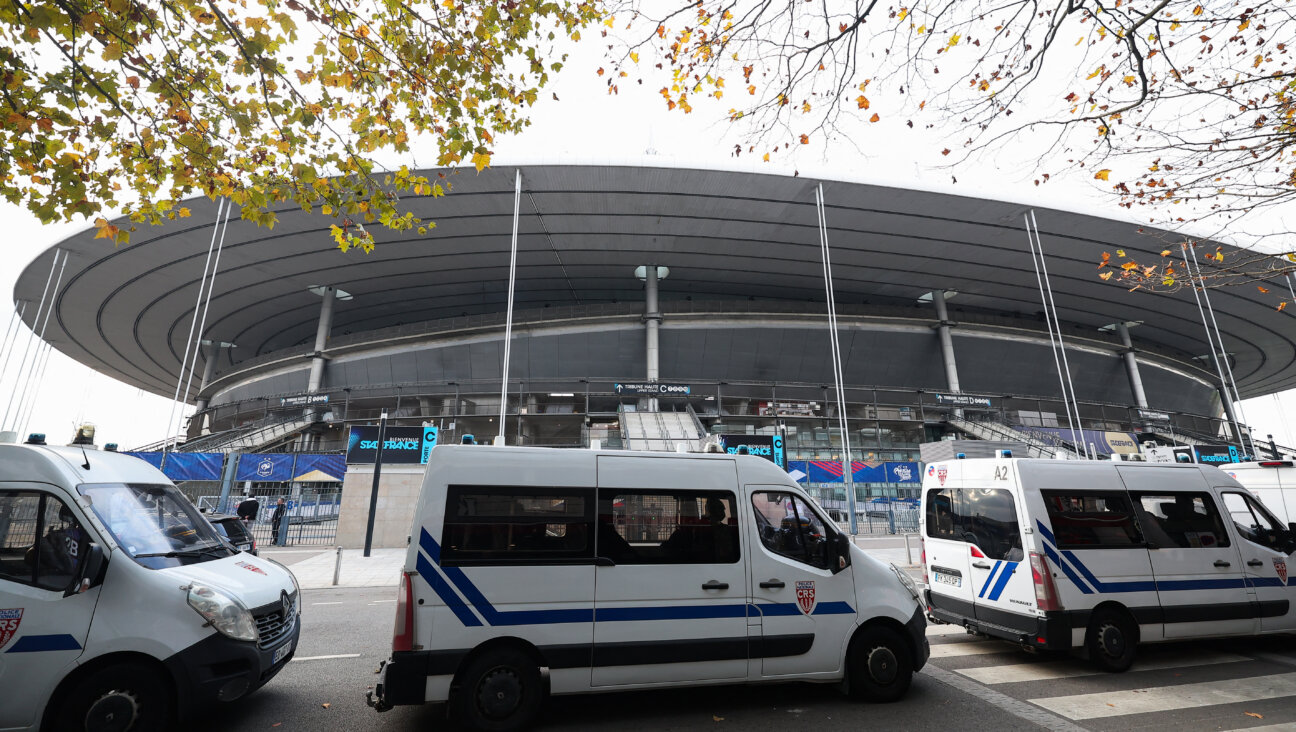On Our Very Own Streets
Yes, there’s Iraq and Iran and Hamas and Fatah. There’s gas prices and NSA and CIA and the stock market. There are typhoons and volcanic eruptions and soon, again, hurricanes. There’s Darfur and taxes, the morning-after pill and the essay by Mearsheimer and Walt, and that’s quite enough for the moment, thank you very much.
But there’s also O’Day Playground, on West Newton Street in Boston’s South End neighborhood, less than two miles from where I live and from where I write this report. And there’s a moral to the O’Day story, if you’ll bear with me.
The South End was one of the first of Boston’s neighborhoods to be gentrified, but one where gentrification sort of got stuck three-quarters of the way through. Its principal architectural feature, richly present on West Newton Street, is the three- or four-story brick brownstone, with a five- or six-step stoop running from the sidewalk to the building’s entrance.
The first couple of blocks of West Newton Street, from Huntington Avenue to Columbus and then on to Tremont, are picturesque by any standard — abundant trees, floral displays on most stoops, intricate wrought iron banisters. No visible trash, hardly any litter. It’s when you get to the Tremont-Shawmut block that the tone changes, that the same style houses appear tired, the trash bins are overstuffed, the people sitting on the stoops on a mild spring evening are visibly very far from “gentry.”
And then, between Shawmut and Washington Streets and on to Albany Street, the cityscape changes again. You’re now headed past the evolving grand boulevard on Washington Street and toward Boston City Hospital; housing here is sparse but increasingly elegant.
So there’s just the one problematic block, the Tremont-Shawmut block, and it’s on that block that you’ll find the O’Day Playground, just shy of three-quarters of an acre of swings and see-saws and ultra-inviting playground equipment that would be quite at home in the toniest suburban park. You’d think that with such an attractive park, the block itself would swiftly be upgraded.
And, given the pressures of the Boston housing market, it may yet be. But first, a solution will have to be found to the vexing issue: In the last eight weeks, there have been seven shootings in or adjacent to O’Day.
Not entirely by chance, I spent the other evening on an abbreviated tour of troubled parts of this, my city, in the company of eight people of the Jewish community who care about such things. Our hosts were Robert Lewis, executive director of the Boston Centers for Youth and Families — the agency that manages the city’s 46 community centers, 21 swimming pools and one beach — and Chris Byner, head of the city’s Streetworker Program, which since 1990 has been among the nation’s most effective programs for preventing youth violence.
They work in a climate of growing fear that now and then borders on panic. It’s easy to understand their sense of urgency: In 1990, there were 152 homicides in Boston; by 1999, that figure had been reduced dramatically to 34. But last year it was back up, to 75. And this year, so far, it’s on track for yet another increase.
No one knows quite why. The homicide rate in some cities of comparable size continues to decline, while in others it rises. Baltimore and Washington may marvel at Boston’s relative calm, but Seattle and El Paso may feel relief to be spared Boston’s mayhem. The particular tragedy in all these cities is that half the murders — and the victims — are younger than 25.
We spent the better part of an hour with Superintendent Paul Joyce, who heads the Boston Police Department’s Youth Strike Force — 50 police officers along with representatives of 15 other local, state and federal law enforcement agencies. Joyce, a trim and well-spoken man, is about as far as can be from the stereotype of the Irish cop that is so familiar to Bostonians.
Among his more memorable assertions: The 34 homicides of 1999 were an “unrealistically low number”; almost all the kids at risk of serious violence, whether as perpetrators or victims, are known to the Boston Police Department and the Streetworkers, and together are no more than 1% or 2% of the city’s population; part of the reason for the recent increase is a long-predicted demographic blip, the swelling of the most at-risk population cohort; very few of the murders are random, and roughly half the resources of the high-tech intelligence division within the Boston Police Department are devoted to homeland security.
Boston’s minorities are now a majority of the city’s population, and it is in the minority neighborhoods that crimes of violence, up to 90% of them, take place. Every time the 11 o’clock news leads with reports of yet more shootings, yet another murder, and every time the newspapers put reports of these all over their front pages you can almost feel the escalating fear — fear that is both cause and effect of Boston’s historic and continuing racial segregation. What Boston’s white population asks of the police department is less to solve the crime problem than to cordon it off, to ensure that it does not spread beyond the boundaries of Mattapan, Dorchester and Roxbury. And the South End, too.
Oh yes, the moral: At every step along the way — the number of streetworkers, the number of cops, the staffing of community centers, the number of city jobs during the summer, the hours that the open-air basketball courts stay open — draconian budget cuts of the past several years have reduced the city’s capacity for constructive intervention to heal the city, to save young lives.
In your city, too.
A message from our CEO & publisher Rachel Fishman Feddersen

I hope you appreciated this article. Before you go, I’d like to ask you to please support the Forward’s award-winning, nonprofit journalism during this critical time.
At a time when other newsrooms are closing or cutting back, the Forward has removed its paywall and invested additional resources to report on the ground from Israel and around the U.S. on the impact of the war, rising antisemitism and polarized discourse.
Readers like you make it all possible. Support our work by becoming a Forward Member and connect with our journalism and your community.
— Rachel Fishman Feddersen, Publisher and CEO






















